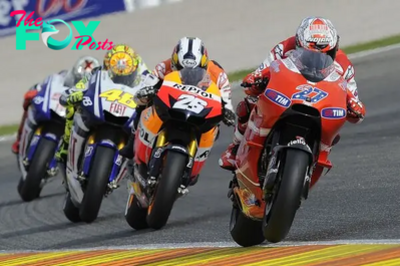MotoGP
MotoGP at 1000: How grand prix racing has evolved over the last 999 races
To instantly clarify confusion that will undoubtedly crop up over this week’s celebrations: no, this is not the 1000th MotoGP – or premier class – race.
The 2023 French GP is the 1000th grand prix event – an important distinction, with 48 of those events not featuring the premier class, the most recent being the COVID-affected 2020 Qatar GP when only Moto2 and Moto3 took part.
Should calendar lengths stay the same as they are now, with 20 events scheduled for 2023, the 1000th premier class grand prix is due to take place at the second round of the 2025 season. For now, Le Mans will mark 952 premier class events.
Pedantry dispensed with, this milestone in grand prix motorcycle racing history offers us a chance to look at how much things have evolved over the last 73 years.
In 1948, a meeting of the motorcycle federation – what we know now as the FIM, but was back then known as Federation Internationale des Clubs Motocyclistes – decided that a grand prix world championship should be formed.
Comprising of the 500cc class – now MotoGP – 350cc, 250cc, 125cc and Sidecar class, points would be awarded depending on finishing position and for fastest lap.
For 1949, points were awarded down to fifth place, with 10 going to the winner, eight for second, seventh for third, six for fourth and five for fifth. This was the only year of that scoring method, with eight, six, four, three, two and one for sixth used from 1950 to 1968, while fastest lap point was abandoned.

Grand prix racing began in 1949 at the TT. From the off, it produced heroes, like Umberto Masetti - pictured here on a Gilera in 1950
The first round of this new world championship took place in June of 1949 at the Isle of Man TT, which held world championship status until 1977.
The famous – and deadly – 37.35-mile TT course saw 59 riders take to the start of the very first 500cc event in world championship History. Of the 59, 35 made it to the chequered flag, with Harold Daniell on a Norton becoming the very first MotoGP race winner after seven laps and three hours, two minutes and 18 seconds of comPetition – doing so at an average speed of 86.922mph, his top speed 139.887mph.
Fellow Briton Les Graham was leading that Senior TT event when his AJS Porcupine developed a mechanical issue on the final lap. He pushed his stricken bike across the finish line in 10th, but took home a point for putting in the fastest lap.
Completing the podium behind Daniell was Briton Johnny Lockett, 1m33s behind on a Norton, with Irishman Ernie Lyons 3m03s off the win in third on a Velocette.
In the 250cc class, Ireland’s Manliff Barrington took the spoils on his Moto Guzzi while top honours in the 350cc race - which was the very first grand prix - went to Freddie Frith of Great Britain, grand prix winner number one of 393 in total across all classes at present.
Graham would go on to become the first premier class world champion after scoring wins in the 1949 Swiss GP and Ulster GP, and a podium at Assen, which ensured he won the title by just two points from Italian Nello Pagani.
Wind the clock forward to the 999th GP event, which was the Spanish GP at Jerez just under a fortnight ago, not much is the same.
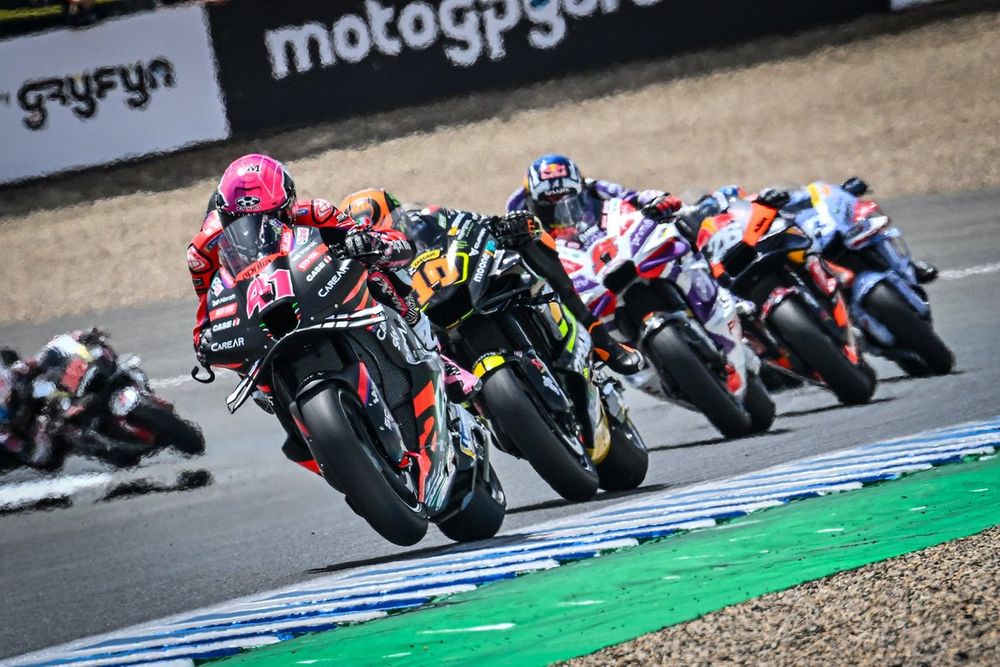
MotoGP's most recent race - the 2023 Spanish GP - looks worlds apart from how it did in grand prix racing's origins
Photo by: Aprilia Racing
None of the first ever GP winners at the 1949 TT are alive today. Daniell raced cars after his motorcycle career, competing at Formula 3 level in an Emeryson, and died aged 57 in 1967. Barrington retired from racing when he broke his thigh in a crash at the TT in 1952. He died in 1999 aged 87, while Frith passed away aged 79 in 1988. A crash during the 1953 TT tragically claimed Graham’s life.
None of the brands that won those first races are present on the grid anymore either.
The 2023 Spanish GP was won by Francesco Bagnaia on a 300 horsepower Ducati, the Italian completing 24 laps of Jerez in under 40 minutes at an average speed of 100.227mph. He scored 25 points for his efforts, with 15 riders scoring in total.
The day before, he was second in a half-distance sprint race, taking his weekend points total to 34 – four more than what won Les Graham the 1949 500cc world championship.
The Spanish GP was round four of 20, with events now taking place in the Middle East, North America, South America, all over continental Europe and the UK, Southeast Asia and Australasia.
The world championship is beamed to millions of screens worldwide now, races able to be viewed on a tiny smartphone screen anywhere with a decent data signal.
Sidecars were ditched as a grand prix class from 1997, while the 500cc formula for the premier class now stands at 1000cc four-stroke machinery. The 125cc class evolved into Moto3 bikes with a 250cc displacement from 2012, while the 250cc class was replaced by the 600cc Moto2 formula in 2010, before Triumph 765cc engines were brought in from 2019.
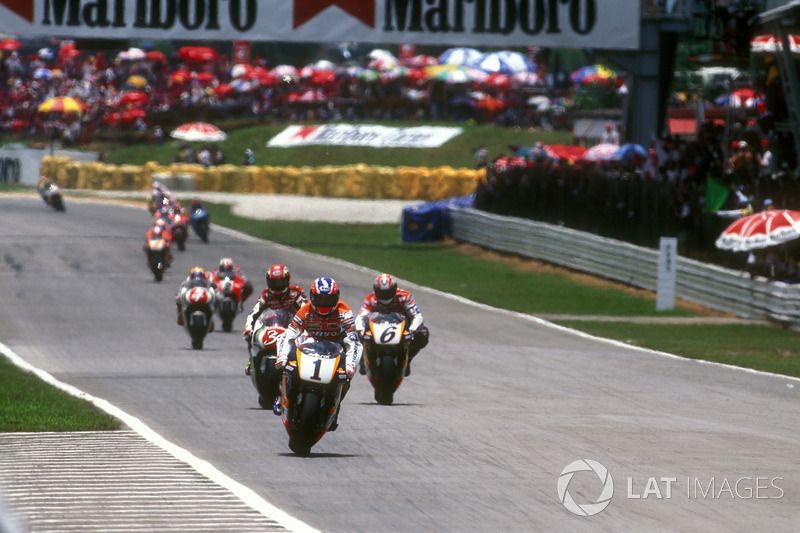
Grand prix machinery has gone through numerous technical changes over the decades. Sadly, two-strokes - as seen here in the 1995 500cc class - are long gone, replaced by four strokes in the 21st Century
Photo by: Gold and Goose / Motorsport Images
At Jerez, Brazilian Diogo Moreira posted a top speed of 136.1mph on his KTM Moto3 bike – only a couple of miles an hour shy of the fastest 500cc bike at the 1949 premier class grand prix on the Isle of Man.
And from this weekend’s French GP, MotoE – inaugurated in 2019 as all-electric racing series – will be run under world championship status.
Everything from format, bike spec, tyres, rider equipment and tracks have completely changed since round one of 1000 in 1949. And who knows what MotoGP will look like 1000 more races from now as the world continues to wrestle with the realities of climate change.
Fundamentally, though, one thing that remains just as present today as it did in 1949 is humanities’ desire to go fast, to test itself against the very best on the pinnacle of racing machinery.
So, while grand prix racing in 1949 is a far cry from what it is now, its future – at least for the time being – looks in very good health as the ever-present dreams of aspiring racers around the world continues to drive them to the MotoGP grid and into the history books.
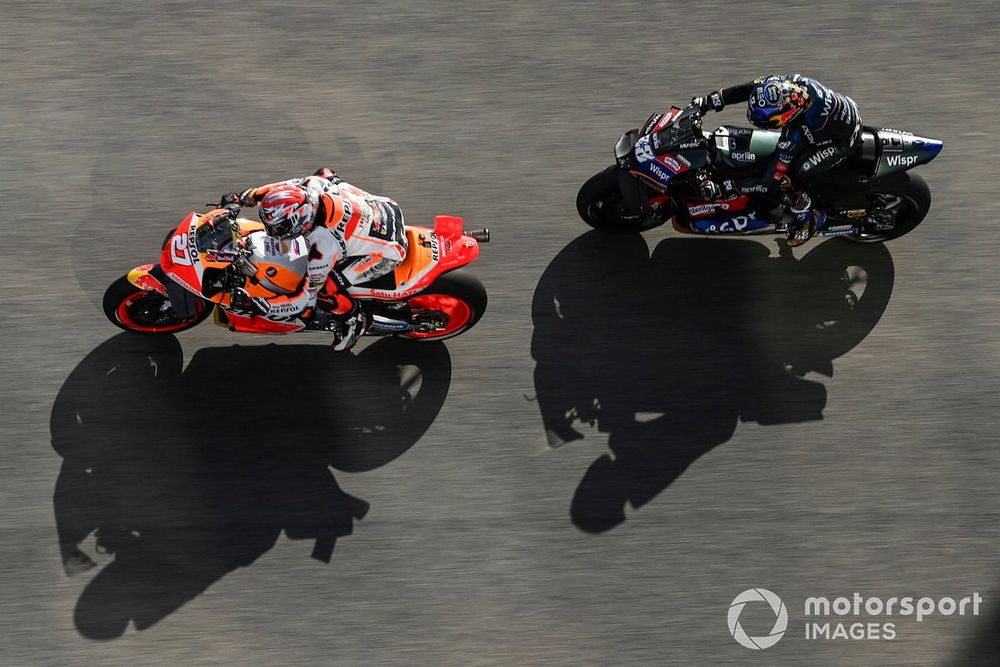
What will grand prix racing look like in 1000 races' time?
Photo by: Gold and Goose / Motorsport Images
-
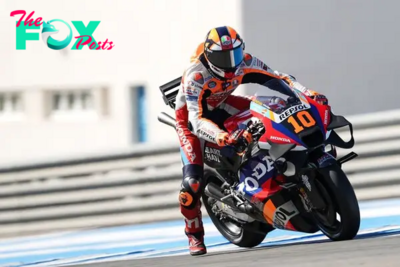
 MotoGP19h ago
MotoGP19h agoPuig: Honda yet to find the direction it wants with MotoGP bike
-
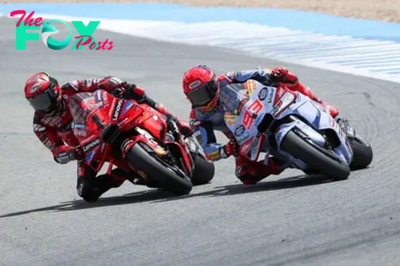
 MotoGP19h ago
MotoGP19h agoPetrucci: Dall'Igna 'won't let go' of Marquez as 2025 MotoGP decision looms
-
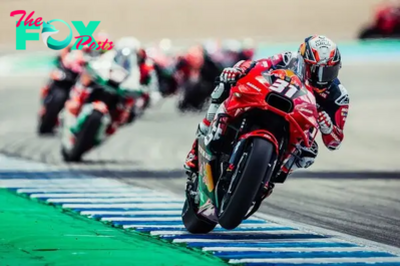
 MotoGP1d ago
MotoGP1d agoAcosta: Jerez MotoGP round "a reality check" for KTM
-
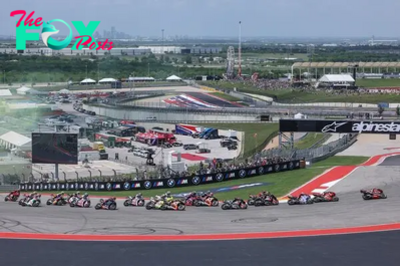
 MotoGP2d ago
MotoGP2d agoWhat MotoGP’s 2027 rules overhaul could mean for the series
-
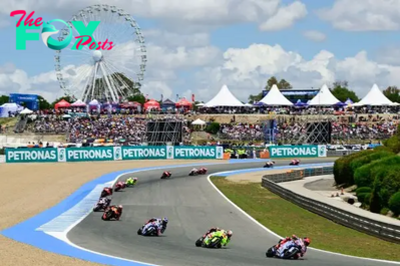
 MotoGP2d ago
MotoGP2d agoFull details of MotoGP’s 2027 technical regulation changes
-
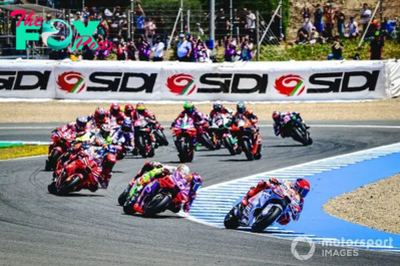
 MotoGP2d ago
MotoGP2d agoMotoGP announces major 2027 technical regulation overhaul
-
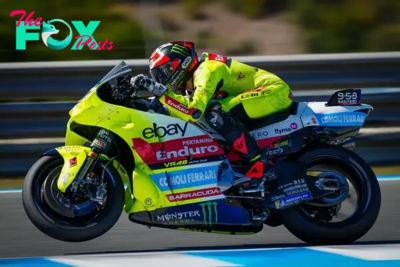
 MotoGP3d ago
MotoGP3d agoDi Giannantonio would "never go back" from F1-like current MotoGP bikes
-

 MotoGP3d ago
MotoGP3d agoThe rider making a breakthrough to awaken MotoGP's "sleeping giant"
